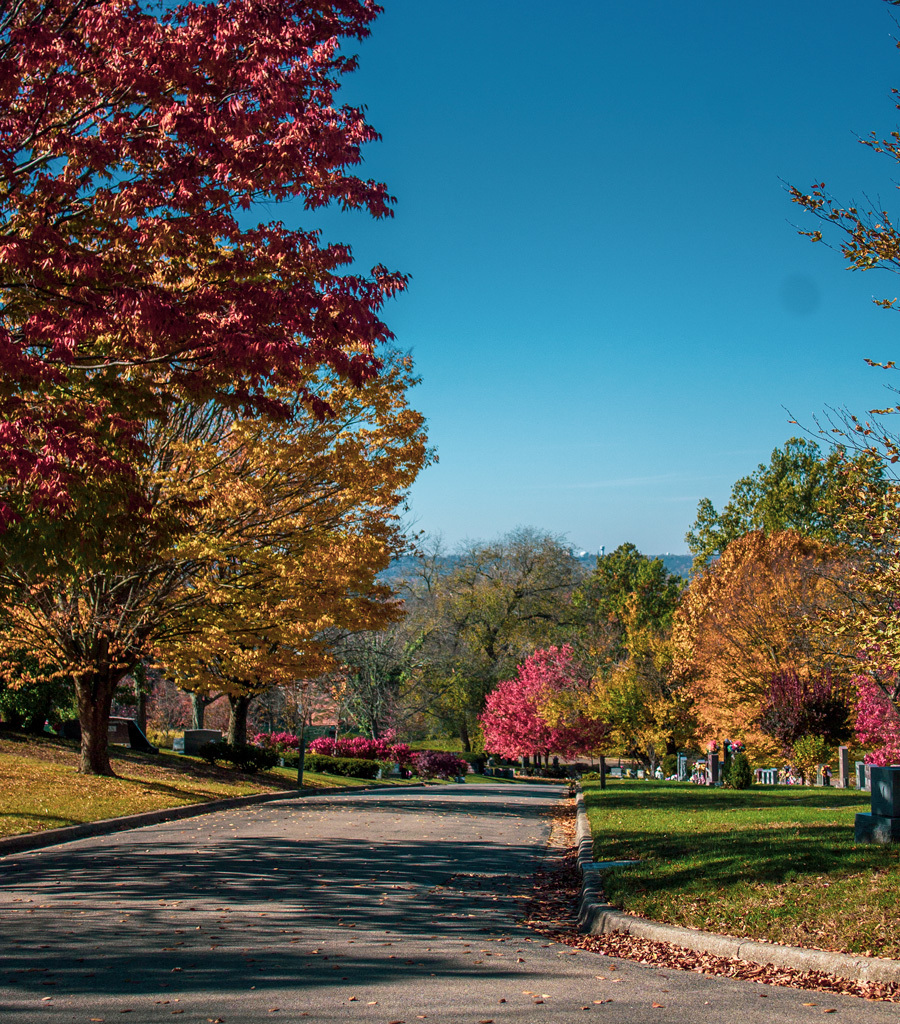Headstones In History

Humankind has celebrated our ancestors since the beginning of time. We, as different civilizations, have honored and remembered our dead in many ways across the globe. But one thing that most places still use this day is a marker to both identify the deceased and praise the persons life.
The earliest known cemetery, dating back about 8500 years, is a newly discovered burial grounds in Groß Fredenwalde, Germany where to date they have discovered the remains of 9 people buried just outside of the small town. This discovery only solidifies our understanding that we as a civilization have been honoring our dead for much longer than we realize.
Marking our loved ones after burial has taken many shapes over the years since the idea of burial. Many materials have been used both as temporary and more permanent ways to identify and memorialize our loved ones who have passed. In many parts of the world, what is used depends on what the area has available. Not only have these evolved from what they are made but how they were seen and used. Originally, the tombstone was used to cover and seal a stone coffin as much as identify who was inside. These memorial headstones, also known as tombstones and gravestones in todays vernacular, sit upright at the head of the grave and can give a plethora of information besides the name of the person. Some modern-day headstones can include anything from the persons name, date they were born and died, an epitaph or endearment to the departed, graphics usually pertaining to the decedent and other details about the persons life. In more recent times, especially in more affluent areas, companion markers are used for married people who choose to be buried beside each other and want a single headstone representing both of their names.

